ASIC Miner ICERIVER KAS KS0 Profitability In the realm of cryptocurrency mining, the Iceriver KAS KS0 miner has garnered widespread attention. Tailored specifically for the Kaspa network's KHeavyHash algorithm, it boasts high hashing power and low power consumption, making it an ideal choice for many miners. In this article, we will comprehensively assess IceRiver KS0 profitability while considering the Kaspa market conditions and the attributes of KS0 miner. Kaspa Market Dynamics Kaspa is a vibrant cryptocurrency network aimed at delivering high performance and scalability for everyday transactions. At the time of writing this article, the Kaspa coin trades at approximately $0.04959. But it's essential to note that cryptocurrency markets are highly susceptible to price volatility. Hence, investors must remain vigilant about market dynamics. Additionally, the Kaspa network's mining difficulty and reward mechanisms play a role in mining returns. Attributes of the IceRiver KS...
FPGA Miner AGPF SK1 Miner Tutorial
FPGA miner AGPF SK1 supports mining various algorithms such as Veo, Skunk, and xdag. Subsequent firmware upgrades will support the verus and vbk algorithms and others. Currently, all cryptocurrencies based on Veo, Skunk and xdag algorithms can be mined, such as Amoveo (VEO), Modern DAC (HDAC), Dagger (xdag), etc.
Miner specifications
Brand | AGPF SK1 |
Algorithm | Veo, Skunk, xdag, Verus, VeriBlock etc. |
Coins Suppoted | Amoveo (VEO), Hyundai DAC (HDAC), Dagger (xdag) etc. |
Hashrate | Amoveo, Hyundai DAC, Boolberry, Dagger etc. |
Power Consumption | <100W |
Power Interface | 6PIN x 1 |
Network | wired and wireless network |
Power Supply | No PSU |
In our tutorial, we will use amoveopool.com for Amoveo mining.
Miner appearance
· The whole miner is small, light, 166*90*58mm, and 400 grams.
· AVC fan is used for cooling, which is compatible with 1150cpu fan.
· FPGA mining AGPF sk1 supports wired and wireless network connection methods, which significantly expands the placement space for miners.
· The miner uses Raspberry Pi Zero W, Raspberry Pi Zero W uses 1GHz single-core CPU, 512MB memory, with a Mini-HDMI interface, a Micro-USB interface for data transmission, and a Micro-USB interface It is used for power supply, supports wireless and Bluetooth, and is equipped with a 16GTF card.
· The IC chip of the FPGA miner AGPF sk1 uses a single core of Xilinx; the model is XC7K420T.
Miner connection
· Connect the miner to the computer and router ports. The FPGA SK1 is self-contained; your computer only needs to be configured as a miner. FPGA SK1 needs a 6PIN x 1 PSU > 100w, and it can run with an ordinary ATX power supply, which is convenient and straightforward.
· From the miner's front, we can see the power connection port and Ethernet port of the miner.
· Connect the network cable and power port, the miner connection is completed.
Miner configuration steps
· Before starting the miner configuration, please ensure the miner is connected correctly, and then power on.
· Please wait patiently for 1~3 minutes to complete the miner initialization operation.
Scan miner IP address: IP address will be different under different networks. If the miner's "network protocol" is "DHCP," You can refer to the failure article How to use IP Reporter?
· Log in to the miner configuration page: run your Internet browser, such as Google Chrome. and open the IP address you just scanned (e.g., 192.168.1.126). The username is "root," and the password is "admin." Occasionally, you may not log in to the configuration page immediately; please wait about 1 minute and log in again.
· After entering the "home page" of the miner, the display is as follows.
· The left side of the page is the miner's setting options.
· Click the "Miner -> Pools" option at the top of the page to enter the mining account settings.
· Before setting up a mining account, we can look at the "Help" page of the mining pool to know the mining address of your mining pool. In this test, we use amoveopool for Amoveo mining. According to the help page, we set the miner's pool URL to:
Pool URL: stratum+tcp://stratum.amoveopool.com:8822
Pool Worker: BAPJ3RPr….rj20+66CCZXylCaSA= (Your mining ADDRESS)
Pool Password: x
· You can also set the mining profile yourself. Enter the name of the configuration file [_______ Add] in the lower-left corner of the mining pool page, click Add to generate the configuration, and then set the mining pool, wallet address, and password.
· After setting the details of the mining account, set the "Active Profile," and then click "Save & Apply" to save the settings.
· Wait 1~3 minutes, miners can reload the mining settings and start mining with the mining account you just set up.
· You can view the mining details on the "Miner -> Status" page.
· If the miner is working well, no other configuration needs to be changed.
Firmware upgrade
· Upgrading the firmware optimizes the performance of miners and the mining speed of new coins.
· Home page to view the miner's current version and hardware status.
Note: Firmware upgrade is only required when a new version is available.
· Navigate to the System -> Backup/Flash Firmware page. Then, click the button after "Image" and select the firmware file you have downloaded.
· Click the "FLASH IMAGE" button below to upgrade the firmware.
· Verify and click the PROCEED button in the lower right corner to confirm the upgrade.
· Do not power off during the upgrade process; otherwise, system files may be damaged, failing to upgrade successfully and the system to fail to start.
· After the firmware upgrade is completed, the page will be refreshed automatically, and miners can use it usually.
The content and pictures of this article are from the Internet, compiled and edited by ZEUS MINING.
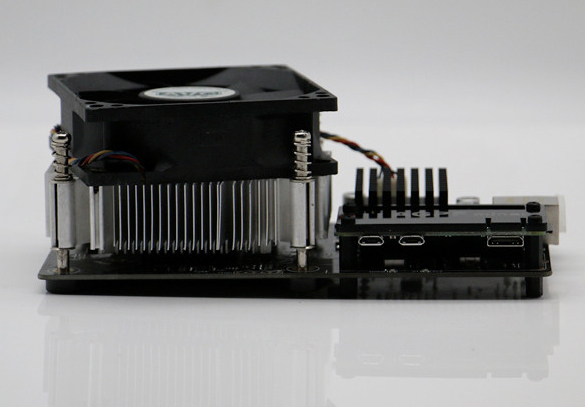


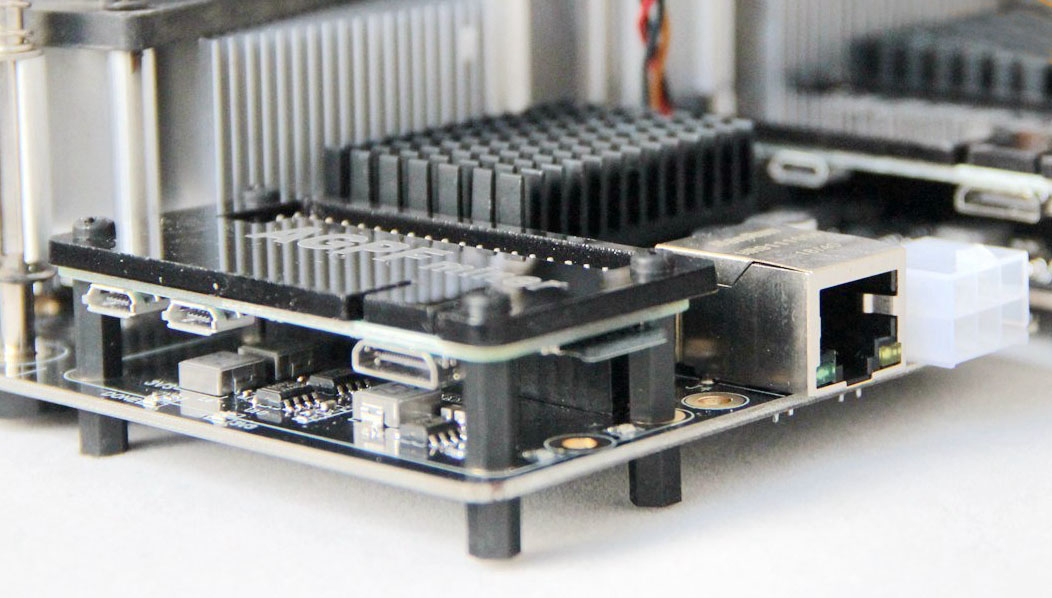

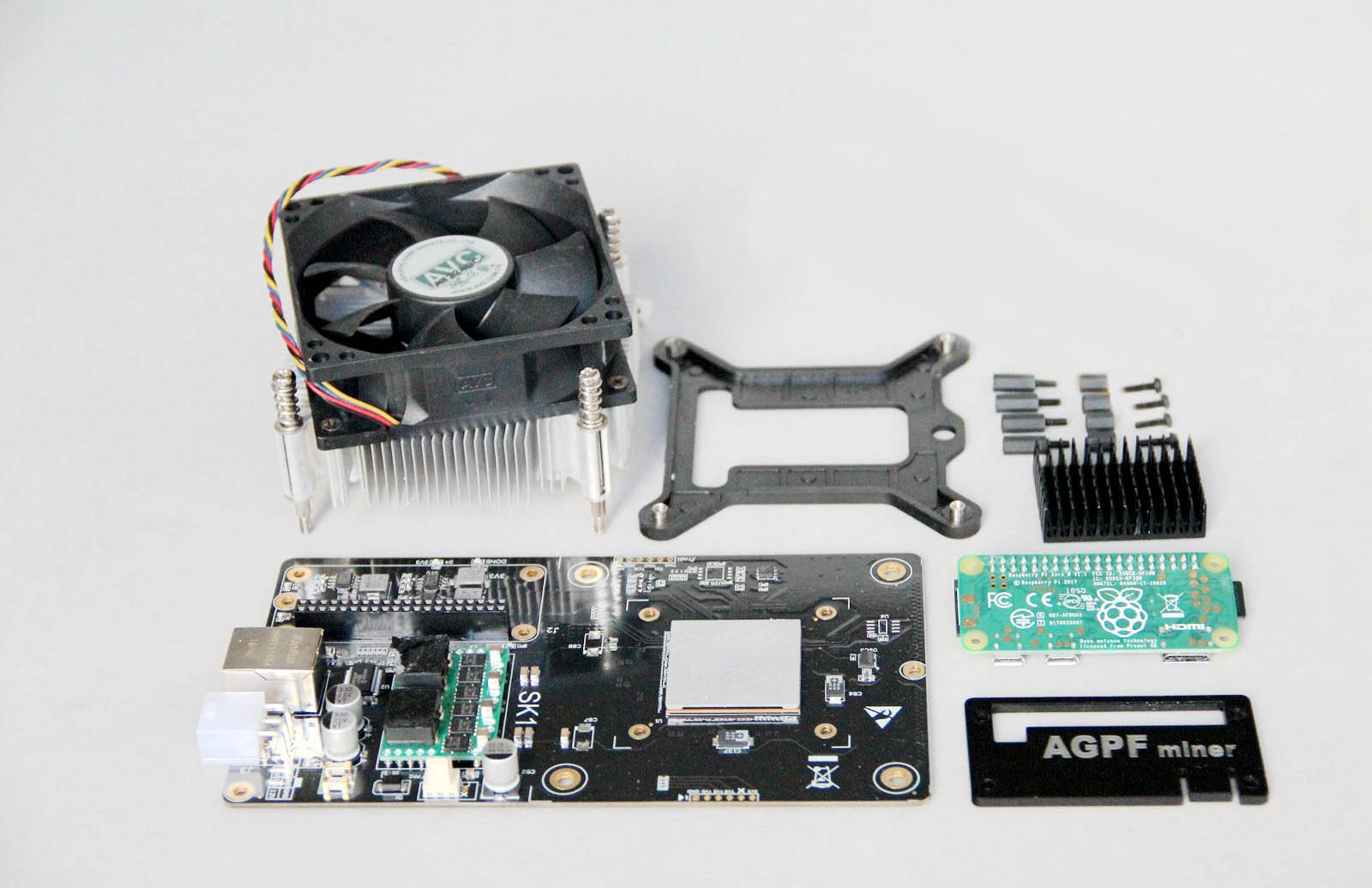
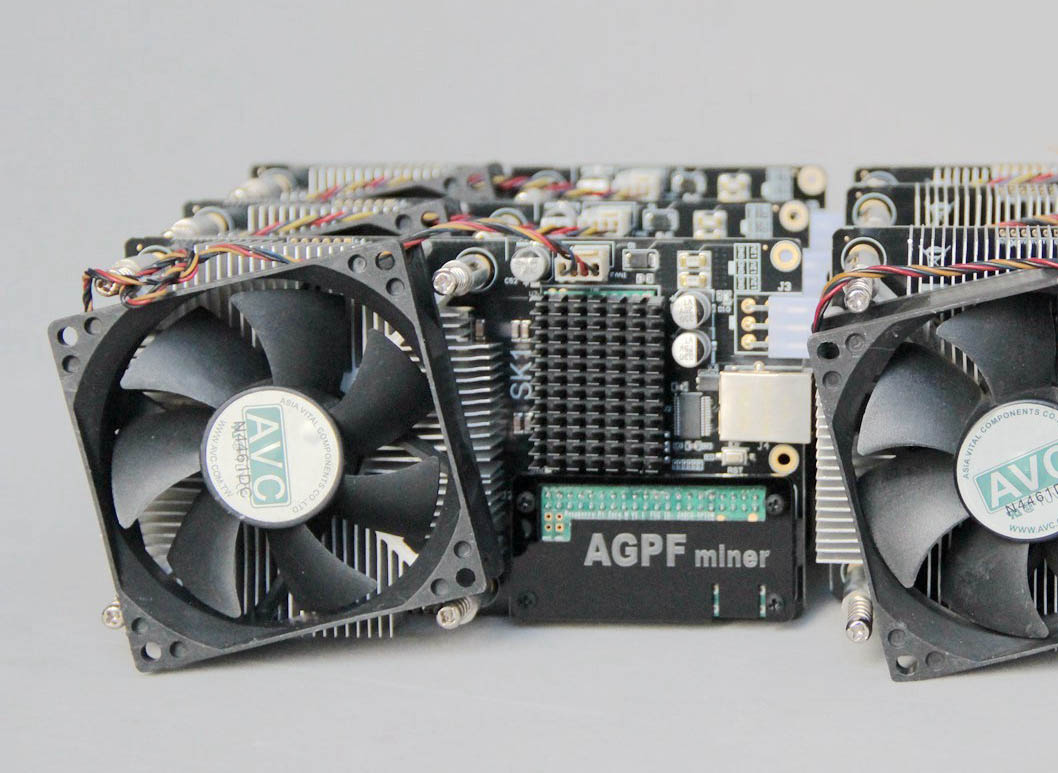
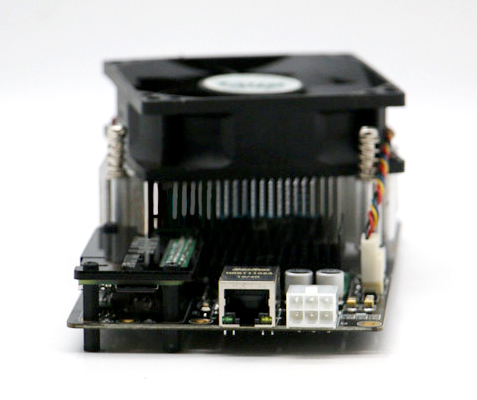











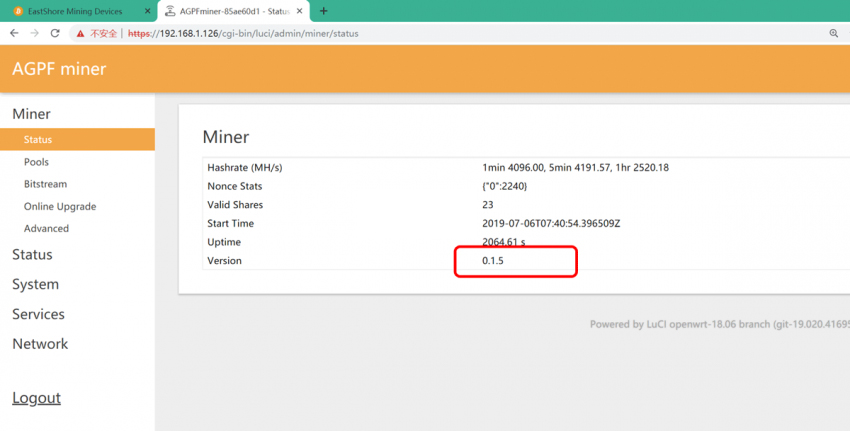
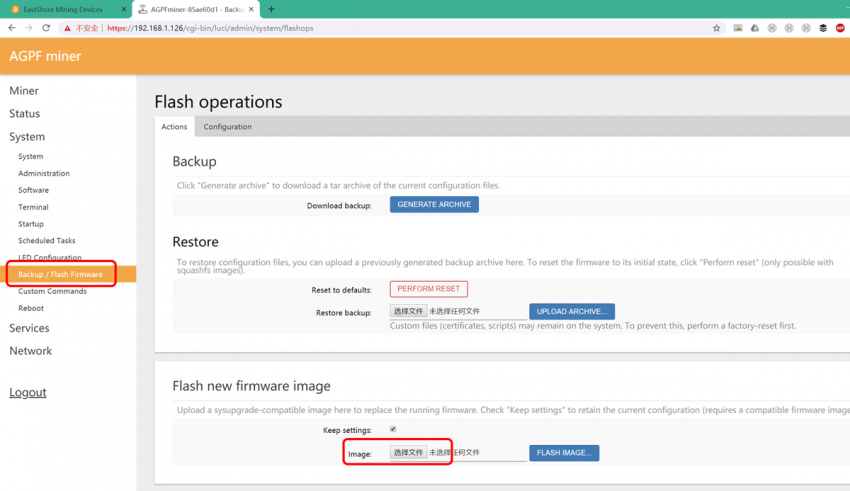




Comments
Post a Comment
Tell us your opinion